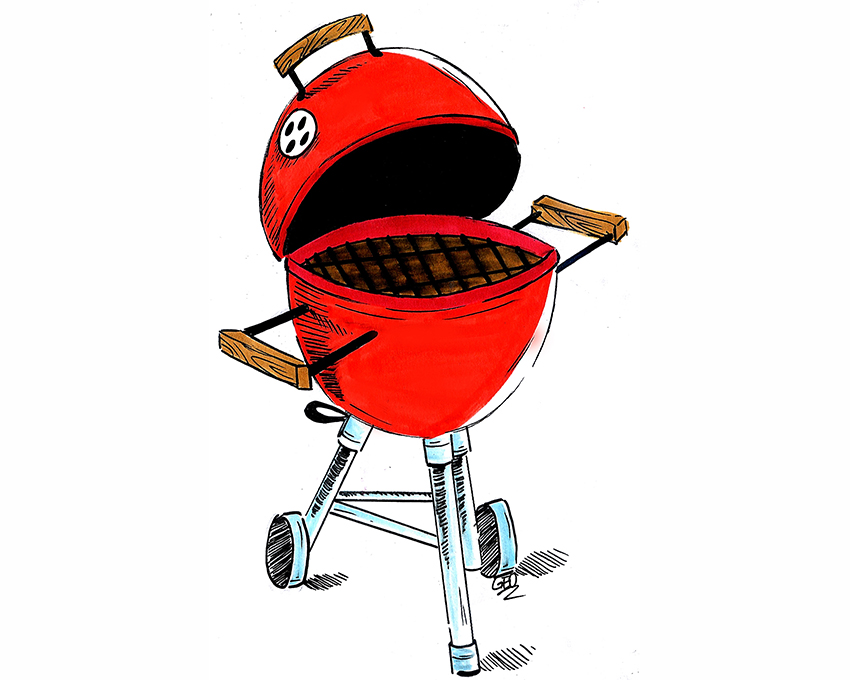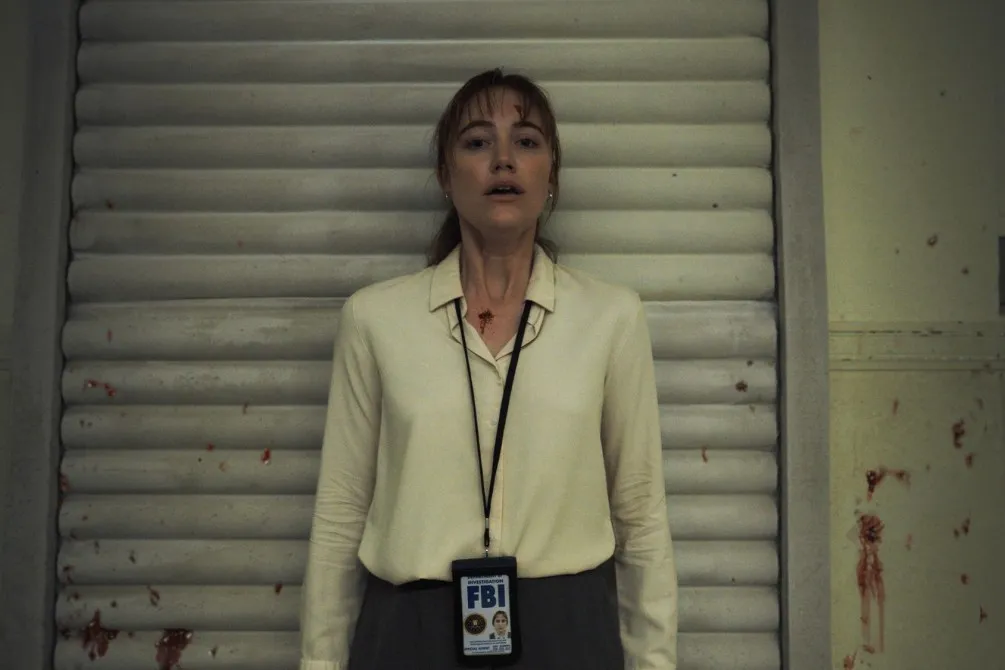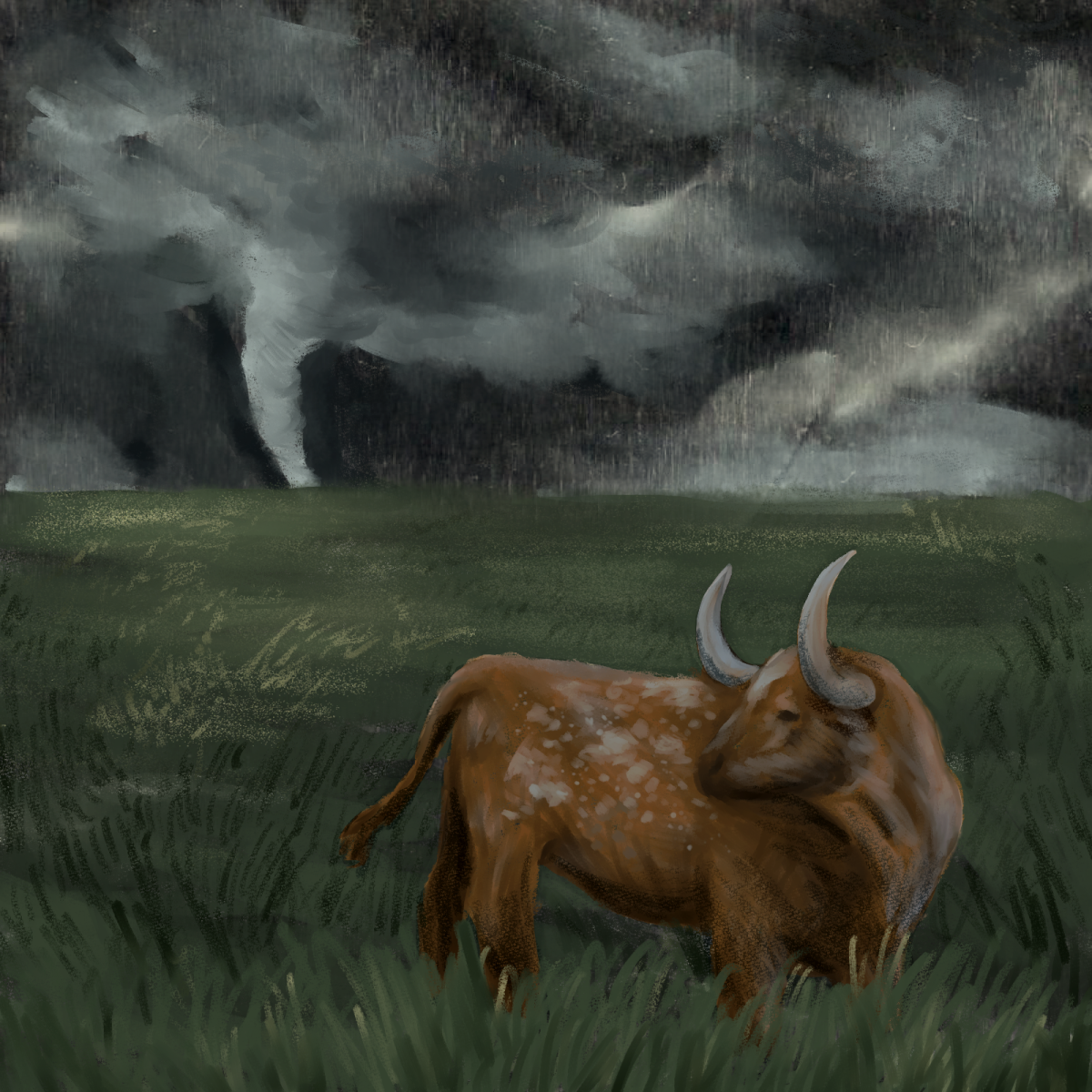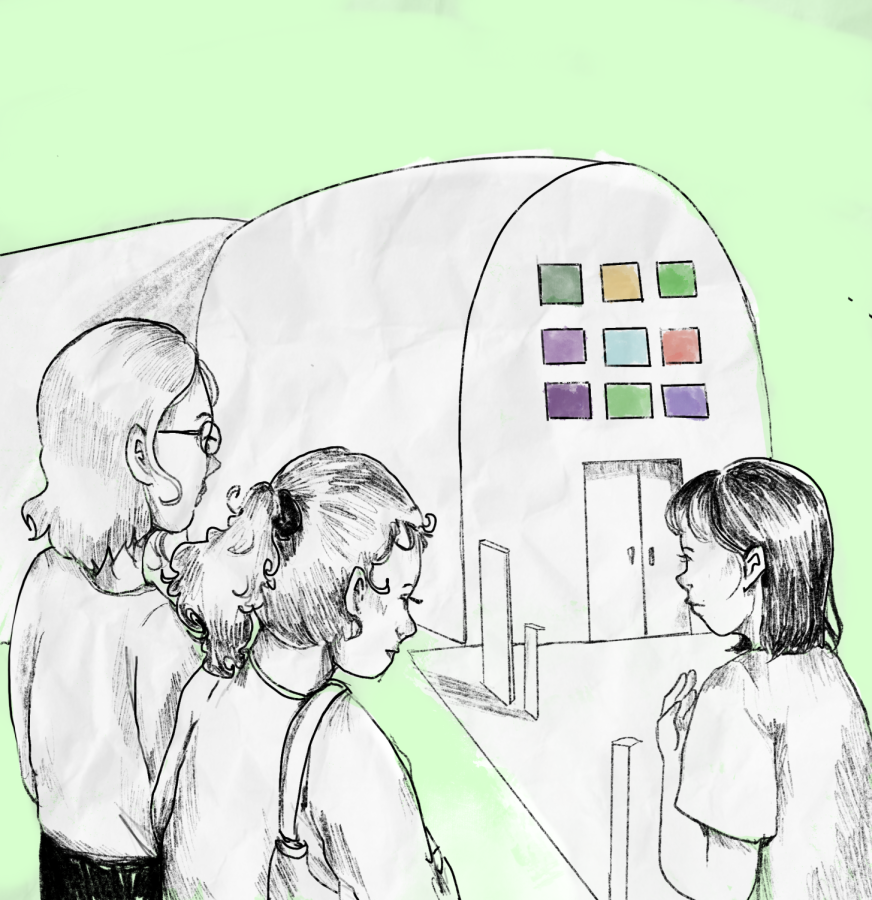With football season in full swing and fall just around the corner, students all around campus will be firing up their grills and barbecue pits for their outdoor shindigs. But, as the recent fire at Franklin Barbecue has shown, cooking with fire comes with a risk even the best pit masters aren’t immune to. The Daily Texan has put together a few tips to help prevent all the self-proclaimed pitmasters out there from setting themselves, or their homes, on fire.
Put a sheet of metal under your grills
The vast majority of students who buy grills to put in their backyards or on their balconies are not paying top dollar for them. Even though grills are made to support large fires, they are still affected by the elements. Between lighter fluid, fire and any rain or moisture, it isn’t uncommon for the bottom of a grill to rust and give out. For this reason, it would behoove anyone, especially people who grill on their balconies, to lay a thin sheet of metal under their grills to serve as a barrier between the burning chunks of coal or wood and anything below them that could catch fire. No one wants to be responsible for burning down a balcony. Good luck getting your security deposit back after that.
Try to avoid wearing flips-flops while playing with a firebox
Unlike grills, barbecue smokers have a firebox that opens from the side instead of from the top. This means a lot of shoveling in and out of the box is required to control the fire, which will inevitably lead to some hot embers being dropped. Too many people have to learn the hard way that even the thinnest barrier between the top your foot and a hot coal can make a world of difference in preventing a burn. Take it from an avid fan of open-toed shoes: There are few things more painful than dropping a pile of burning wood on your unprotected piggies.
Make sure your smoker is on a level surface
As stated above, fireboxes have a wide opening on the side that is the perfect size for a burning chunk of wood to try to make an escape. The yards and porches at student houses are often uneven, so it is important to make sure that the surface under a barbecue smoker is as level as possible to prevent a downward slope in the firebox. An easy fix for an uneven surface is to elevate one side of the smoker with bricks so it is level — or, even better, sloped upwards to ensure that no fire will be rolling out of the box and onto the grass for a potential lawn fire. If your smoker is too heavy to lift manually, a car jack will elevate it with no struggle at all. You should also try to place your smoker in a spot where the firebox is facing away from your house, just in case.
Don’t leave a smoker or grill unaccompanied
This one should be common sense, but when you’re out in the Texas heat, it’s very tempting to retreat to the air conditioning in between checking on the meat. This becomes especially true when smoking brisket, which takes upwards of 12 hours. It’s all right to want to stay cool, but it is important to try to keep eyes on the grill or smoker as constantly as possible. It might be a good idea to invite some friends over to make sure there’s always at least one person outside to keep an eye on the fire. Or, if you’re by yourself, try to stay near a window when you go inside just so, at the very least, you’ll have the pint in your periphery.





















